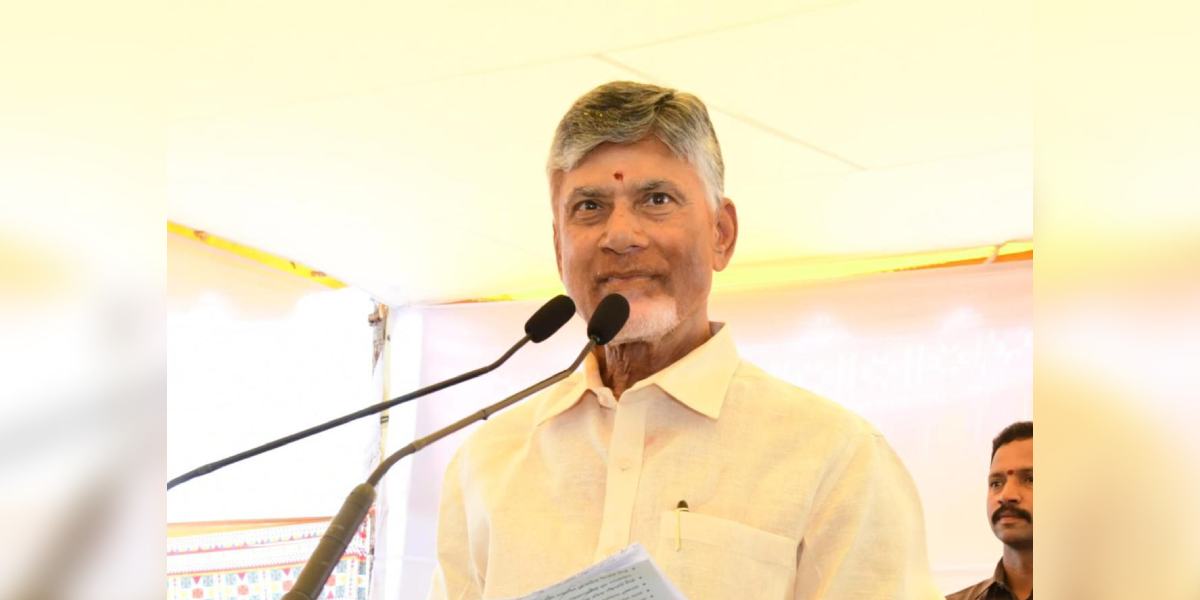During a review of the draft IT policy, Naidu urged officials to leverage deep technology and AI to build an iconic structure in Amaravati, positioning the state capital as a global leader in innovation
Published Nov 26, 2024 | 8:01 PM ⚊ Updated Nov 26, 2024 | 8:01 PM

Andhra Pradesh CM Chandrababu Naidu
Among the politicians of the day, no one knows more about Artificial Intelligence (AI) and Deep Technology than Andhra Pradesh Chief Minister N Chandrababu Naidu.
At a review of the draft Information Technology policy with officials on Tuesday, 26 November, at the secretariat in Amaravati, the tech savvy chief minister asked them to take full advantage of thriving deep technology and AI to build an iconic building to make the state capital stand out head and shoulders above others.
Deep technology, which is disruptive, is also known as hard tech. It is based on the latest in science and technology. It could be used to transform a state’s economy. It is in a way, a generic term for AI, robotics, blockchain, biotech, and quantum computing.
The chief minister asked the officials to prepare proposals for the Deep-Tech building for Amaravti. He said it was necessary as the future belongs to Deep-Tech and AI. He recalled how he exploited booming information technology by building Hi-tec city in Hyderabad when he was the chief minister of undivided Andhra Pradesh.
The chief minister asked the officials to plan at least five lakh IT work stations in the state by 2029 and 10 lakh work stations by 2034. He dwelt at length on creation of co-working space, leasing out land for the construction of office complexes on subsidy, bringing IT industry under industrial power tariff and creation of a single window for issuing clearances.
As regards funding the start-ups, the chief minister wanted proposals made for release of ₹25 lakh as seed funding to the SCs and STs who are interested in making a name in this area.
Naidu asked the officials to link all the 25 IITs in the country with the five Ratan Tata Innovation Hubs that are coming at different places in the state. These five hubs should be linked with the main Ratan Tata Innovation Hub in Amaravati.
As regards creation of employment, the chief minister asked the officials to review every month how many such jobs have been created for the youth in the state. The collectors too should work in the direction of setting up IT workstations. He wanted the officials to know how many people are working from home in various parts of the state. If the officials have the right statistics, setting up workstations for their benefit would become easier and more effective.
The state government has divided developers who create infrastructure for the IT companies into three broad categories. Subsidies will be allowed to those who create co-working space with a capacity to accommodate 100 professionals or create 10,000 square ft work space. In the second category, those who create infra for neighbourhood working space could avail subsidies if they provide a capacity for 10 professionals or create infra space up to 1,000 sq ft. In the third category, for creating an IT campuses, the developers would have to create 10 lakh sq ft space. Incentives for the companies which will have a turnover of ₹30 crore and create employment to 100 professionals would be decided soon, the chief minister said.
(Edited by Ananya Rao)
